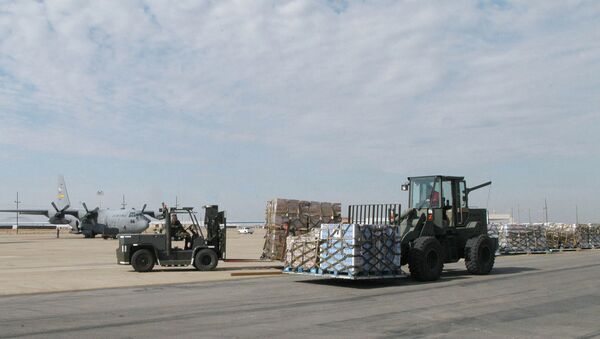WASHINGTON (Sputnik) — The US Federal Emergency Management Agency (FEMA) paid $3.2 billion for post disaster recovery activities from 2011 to 2014, but it lacked any strategy for prioritizing where the money should be best spent, a Government Accountability Office (GAO) report said.
“There is no comprehensive, strategic approach to identifying, prioritizing and implementing investments for disaster resilience,” the report, which was released on Thursday, stated.
The GAO advised FEMA against falling back on “a reactionary and fragmented approach” in paying out post-disaster reconstruction aid.
Officials from other US government agencies “reported that FEMA officials did not always help them pursue opportunities to incorporate mitigation into permanent construction recovery projects,” the report stated.
These officials also reported difficulties with “navigating multiple funding streams and various regulations of the different federal programs funded after Hurricane Sandy” in 2012, the GAO continued.
For fiscal years 2011-2014, FEMA approved more than $3.2 billion for the Hazard Mitigation Grant Program (HMGP), the report acknowledged.
“In March 2015, GAO identified the cost of disasters as a key source of federal fiscal exposure,” the report noted. “GAO and others have advocated hazard mitigation to help limit the nation's fiscal exposure.”
The GAO recommended that FEMA “assess the challenges state and local officials reported and implement corrective actions as needed” and that an investment strategy should be created “to identify, prioritize and implement federal investments in disaster resilience.”
The US Government Accountability Office is an independent, nonpartisan agency that works for Congress and investigates how the federal government spends taxpayer dollars.



